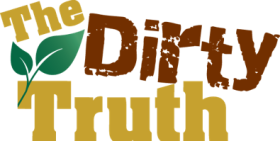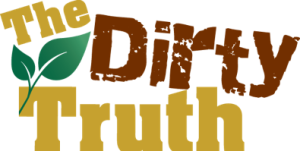
Can Earth be saved… or is Mars our only hope?
Life on Earth is precious and precarious. Every day, more species go extinct as our world becomes more polluted. People are fighting to make a difference—but is it enough? Or should we look to the skies to save our species?
In this project, students learn about the importance of environmental protection, and about the wonders of Mars. They choose whether to support environmental protection or space exploration, and create a commercial to raise money for their cause.
Imagine if students all around the country learned to appreciate the value of our soil, and began looking to the heavens and dreaming of the future—what a wonderful world that would be!
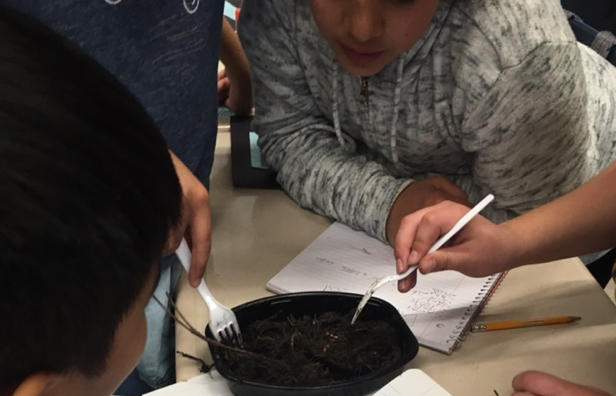
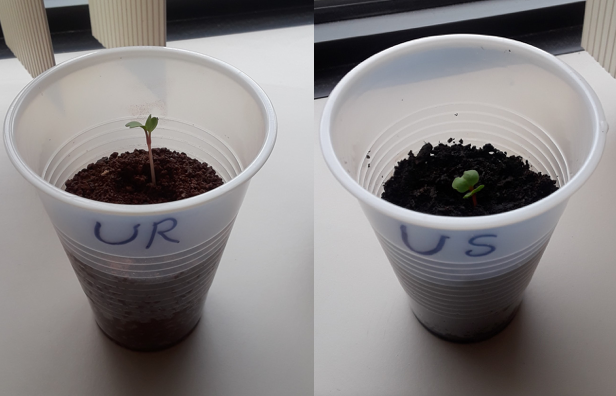
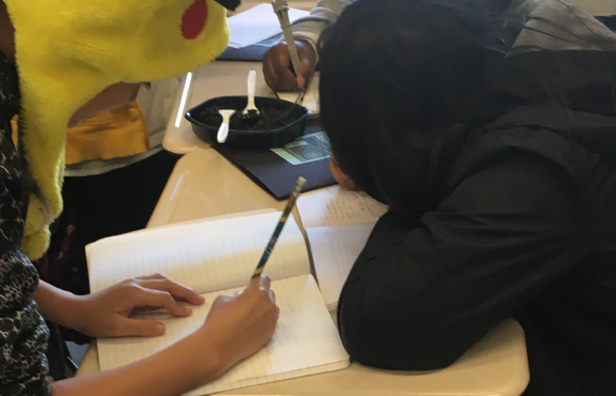
What’s included in your project?
Cross-Curricular Content
Every Blue Apple project provides suggested content correlations to Common Core State Standards, Next Generation Science Standards, and C3 Framework for Social Studies. A featured mini-lesson from each content area is highlighted below along with additional lesson ideas. Not teaching these standards? No problem! Check out the The Dirty Truth K-8 content correlations document for additional lesson ideas.

Math
Powers of Ten
Lesson 2: Use your study of space to help students understand the power of the powers of ten by exploring the incredible distances between planets, stars, and galaxies. Help students see that place value is an incredibly important idea that can help humans describe incredible things! CCSS.MATH.CONTENT.5.NBT.A.2Division of Fractions
Lesson 6: Help students understand division with fractions as soon as one of the radishes reaches one inch in height. Have students solve 1 ÷ ½, 1 ÷ ¼, and 1 ÷ ⅛ by asking how many halves, fourths, or eighths it would take to make the height of the one-inch radish sprout. CCSS.MATH.CONTENT.5.NF.B.7Multiplying with Real-World Fractions
Lesson 6: As students make observations of their plant growth, have them apply their knowledge of fractions by asking them how tall different plants would be if they grew to three, four, or five times their current heights. CCSS.MATH.CONTENT.5.NF.B.6Measurement Conversions
Lesson 7: Have students measure plant growth in centimeters. Ask students to convert the height of plants to express measurements in meters and millimeters. CCSS.MATH.CONTENT.5.MD.A.1

English Language Arts
Analyzing Articles
Lesson 1: As students gain more interest in the idea of life on Mars, extend their learning by having them read, compare, and contrast two articles on the topic of life on Mars. CCSS.ELA-LITERACY.RI.5.6Researching and Presenting Planet Earth
Lesson 3: After students research the potential for life on Mars, have them research the planet we call home. Have each group take on a specific Earth topic such as: climate, natural resources, vegetation, and the life cycle. Once research is complete, have students present their findings to their classmates. CCSS.ELA-LITERACY.W.5.9Write to Inform
Lesson 7: Once students have drawn their conclusions about their Spoiled Soil? Experiment Plan, have them express their understanding in writing. What makes Earth soil amenable to life? Have students use what they have learned, combined with additional research, to write an informational piece on the fertile soil that gifts us life here on Earth. CCSS.ELA-LITERACY.W.5.2Summarizing for Discussion
Lesson 9: As students present their commercials, encourage them to make reference to any sources from which they draw. By synthesizing material from various media to come to a more complete understanding of their topic, students will interact in a deep way with the content! CCSS.ELA-LITERACY.SL.5.2

Science
Interdependent Relationships in Ecosystems
Lesson 4: As you study the soil on Earth and on Mars, expand student understanding of the nature of sustainable ecosystems by considering the fungi, bacteria, and invertebrates that make soil fertile in an artistic way. NGSS 5-LS2-1Brightness of Stars
Lesson 2: As you study Mars and its place relative to Earth, help students understand the important relationship between distance and apparent brightness by showing pictures of how the sun would appear from different planets. NGSS 5-ESS1-1Fair Tests
Lesson 4: As students develop their investigation into the fertility of different types of soil, have them specify clearly which variables need to be controlled, and what potential points of failure may cause their results to be problematic. NGSS 3-5-ETS1-3Fresh and Saltwater
Lesson 4: When discussing the needs of plants, explain how the vast majority of the plants on land, as well as all people, need fresh water to live. Have students construct a pie graph of the amount of fresh water on Earth, relative to the amount of salt water. NGSS 5-ESS2-2

Social Studies
Government Funding
Lesson 5: As Team Red explores the potential for Martian colonization, discuss the ways in which the government provides services that few or no private organizations could deliver. Examine and evaluate different ways the government pays for goods and services. NCSS D2.ECO.12.3-5Constructing Public Policies
Lesson 1: When discussing the problems facing planet Earth, explore how societies go about shaping public policy. Explain how representatives determine regulations, laws, and budgets that play a role in protecting the environment, and how they weigh the costs of these decisions. If you were an elected official, how might you go about making these decisions? NCSS D2.CIV.13.3-5Varying Environmental Conditions
Lesson 2: As you examine the planet Mars, explain that some portions of Mars, near the equator, can reach a pleasant 70 degrees. Near the poles, it can be almost 200 degrees below zero. Discuss what factors besides latitude contribute to temperature on Earth. Even on Mars, geographic features influence environmental characteristics! NCSS D2.GEO.10.3-5Group Decision Making
Lesson 3: When making decisions together as Team Red or Team Blue, have students deliberate on the different ways they can reach decisions as a group. Discuss how some groups vote democratically, some work to build consensus, and others simply delegate decision-making responsibilities to different group members for different tasks. NCSS D2.CIV.9.3-5

Social Emotional Learning
- Relationship Skills and Social Awareness
Lesson 3: As students divide into groups, explain that they are going to need to collaborate effectively to successfully complete their project. Discuss how both negative and positive interactions are contagious, and use this understanding to build relationship skills and social awareness.
Not teaching these standards?
No problem! Check out The Dirty Truth K-8 content correlations document for additional lesson ideas.
Each Blue Apple Project Includes:

- Engaging lessons designed to make learning memorable, meaningful, and fun
- Curated online resources to save you time searching for content
- In-person, virtual, and hybrid options for all learning environments
- Cross-curricular mini-lessons in English-Language Arts, Math, Science, Social Studies, and Social-Emotional Learning
- Videos and contact info provided by real-world experts willing to meet with your students
- Opportunities to collaborate with other classrooms doing the same project
- Free project supplies to get you started right away

